The recent news that iconic UK bike brand Orange has entered into voluntary administration and canned its enduro race team struck a chord with riders, customers and industry folk alike.
But why does this troubled chapter in the brand’s story matter so much?
I’ve rewound 25 years to explain, and am not alone in my thoughts and fond memories of the brand.
Inspirational MBUK
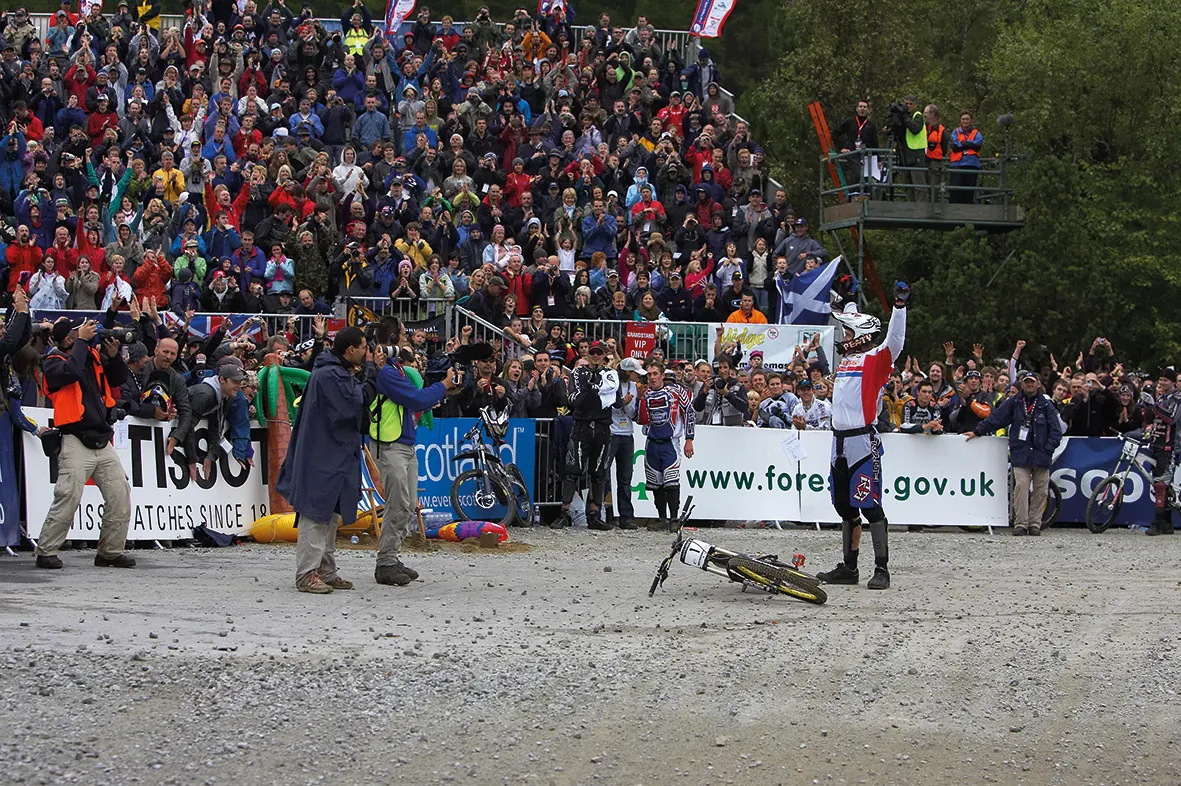
Back then, I was just a pre-teen savouring the fresh, glossy pages of MBUK magazine, gleaning inspiration about the sport of mountain biking, arguably in its corporate sponsorship heyday.
Gracing the pages of MBUK was a star-studded cast of pro riders; their stories and bikes fuelling the fire in my belly that’s turned into a lifelong obsession and career.
Steve Peat, Robin Kitchin, Missy Giove, Greg Minnaar, Adele Croxon, Mick Hannah and Steve Geall were, among others, my idols – the riders I wanted to emulate. The histories of each of these characters share a common thread – Orange Bikes.
A budding fan
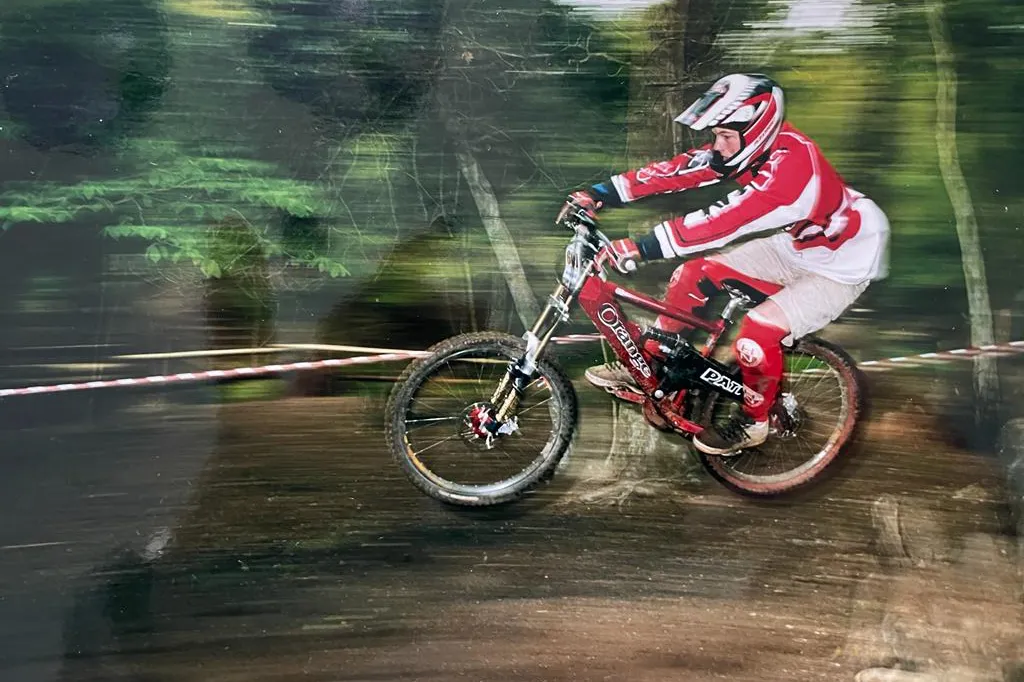
While the exploits of the riders often took centre stage, also emblazoned across the mag’s pages were jaw-dropping bikes from the likes of Giant, Pace and Intense, which played a pivotal role in the formative years of mountain biking.
However, none were as inspiring – for an 11-year-old me at least – as Orange’s monocoque-framed, single-pivot full-suspension bikes.
Maybe their lust-worthy looks were enough to captivate me, or maybe it had something to do with the riders that were on them. Likely, it was a combination of both.
A history lesson
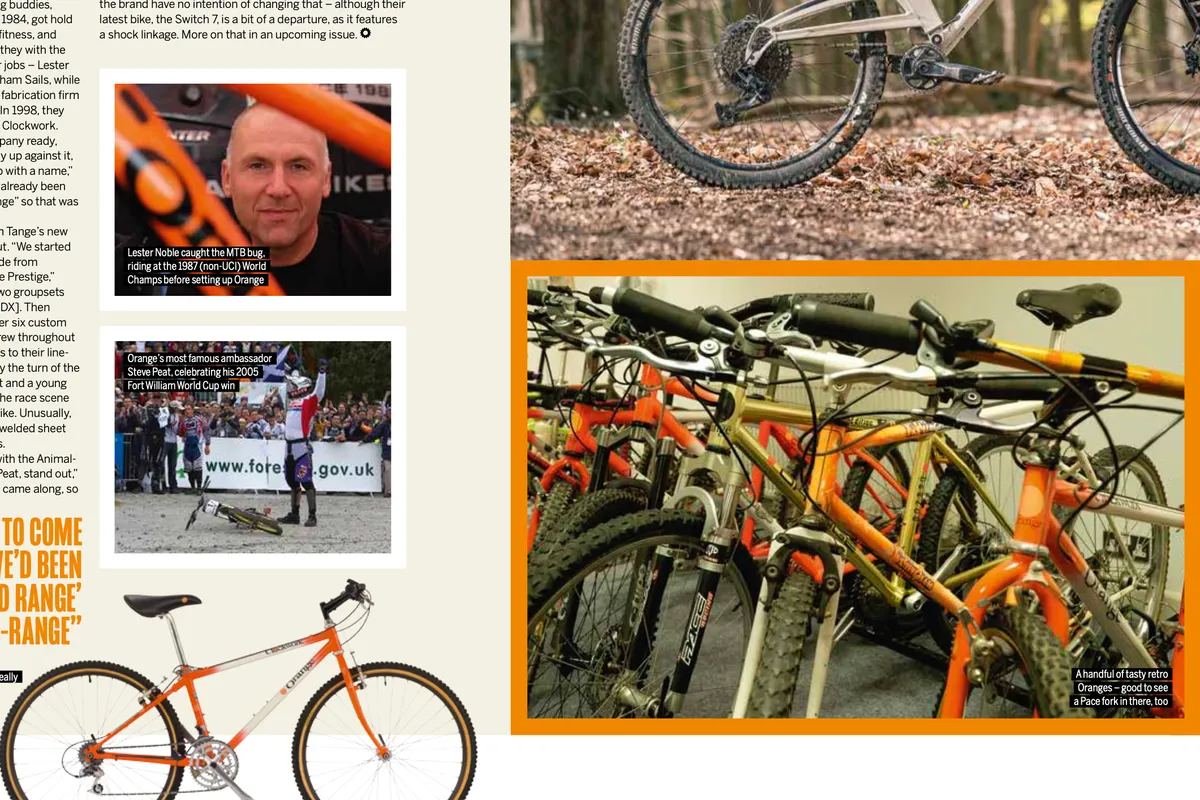
By the late 90s and early 00s, when I was really getting into mountain biking, Orange was nothing new.
The brand was founded in 1988 (incidentally, the year MBUK was first published) by friends Steve Wade and Lester Noble. The pair quit their jobs to launch Orange, so named because they’d abbreviated “off-road range” to O-range, or Orange.
Together, they produced Orange’s first mountain bike, the Clockwork. Built from Tange’s Infinity steel tubing, it was a classic late-80s rigid MTB sporting a fetching orange-to-white and back-to-orange fade paintjob. It was a hit with bike reviewers and customers alike, riding well and being relatively affordable.
But fast forward to my era of Orange bikes and the quickly growing range was brimming with icons, thrust into the history books thanks to their unmistakable monocoque aluminium construction.
Among others, there was the Missile hardtail jump and four-cross bike, the long-travel single-pivot (5-6in) Patriot and, slightly later, the downhill-orientated 222, boasting a whopping 8in of rear-wheel travel.
My own Orange

Fortunately for yours truly, my local bike shop – called Weymouth Cycle Centre back then (now Mud Sweat N Gears) – not only stocked Orange’s most-loved bikes, but also sponsored me as a budding racer.
After pestering my parents ad nauseam for charitable contributions to fund my ever-growing and single-minded obsession with bikes, I ended up with an Orange Patriot in the early 2000s.
Sprayed with a custom paint scheme – an option that was one of Orange’s many draws – I chose a metallic, cherry red front triangle and contrasting deep-gloss black rear end. It was fitted with a host of era-typical parts, including Mavic’s D321 disc-specific wheels, Hope’s C2 two-piston brakes and a Marzocchi Junior T fork. I couldn’t believe my luck.

Getting one of the bikes I fawned over didn’t abate my passion and drive to move on up, though. As soon as I got wind of Orange’s downhill bike, the 222, I began plotting how I could possibly afford an upgrade.
Clearly, fortune was on my side; I ended up racing a 222 to reasonable success in the UK DH scene as a youth and junior.
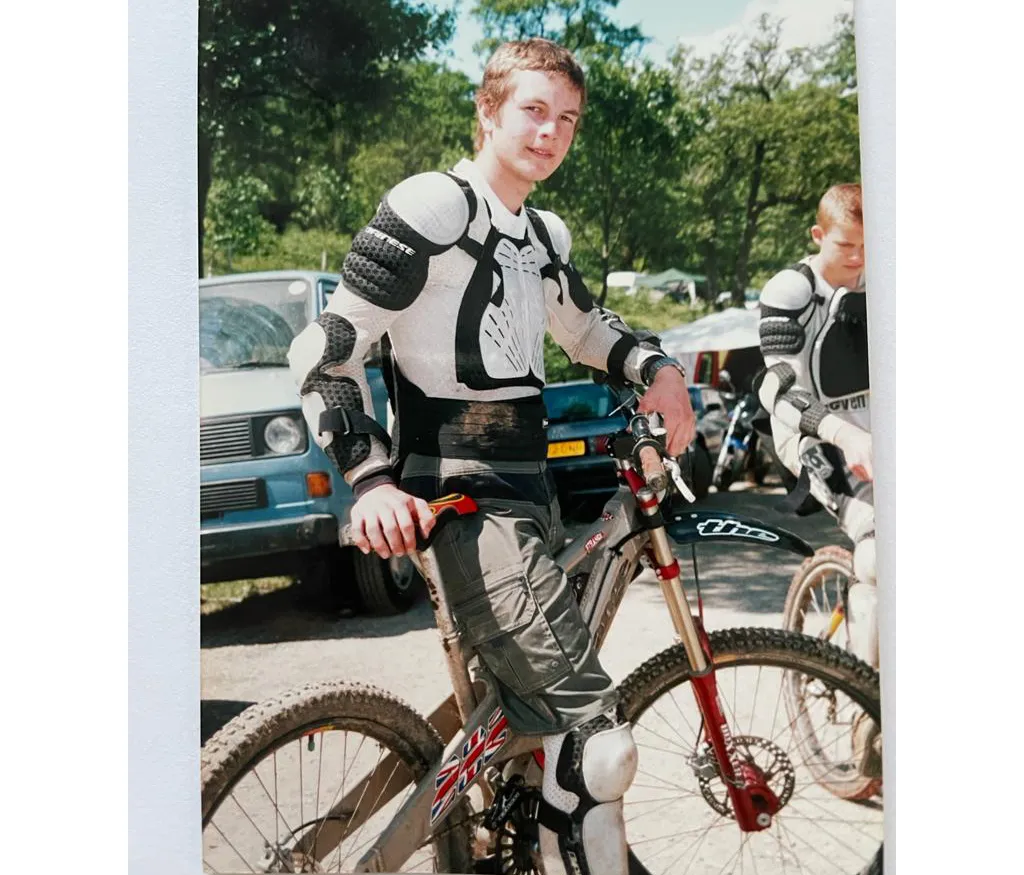
I continued to ride Orange bikes until 2007, when I finally traded in my trusty Patriot for a Giant Trance, a bike that also played a key role in my development as a rider. In more recent times, I’ve stayed close to the brand’s bikes, having the Orange Stage 6 RS as my long-term test bike in 2020 and reviewing the Orange Alpine Evo LE in 2022.
The rise and fall
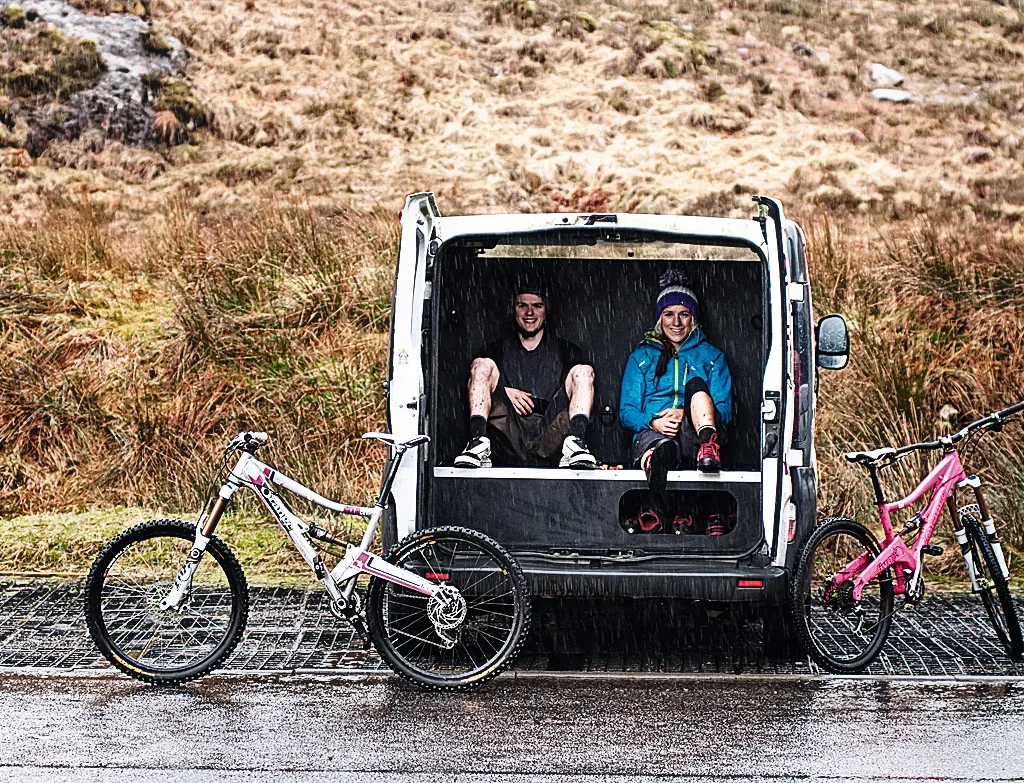
As the brand continued to evolve, increasingly influential people gravitated towards it.
The list is impressive, from the late Micheal Bonney – who, as managing director, served as a visionary for the brand’s success for many years – through to household names such as Guy Martin.
Modern-day Orange has remained a cutting-edge brand despite the predictable jokes about filing cabinets (also made in Orange’s factory) and simplistic single-suspension designs.
Orange’s bikes, however, have evolved to offer progressive, truly modern geometry, while retaining a focus on reliability. Lined up against any of its competitors, an Orange often holds its own.
Keeping the racing pedigree alive, it has sponsored modern-day cycling talent including Brendan Fairclough, Josh Bryceland, Joe Barnes and, more recently, Lachlan Blair and Joe Connell.
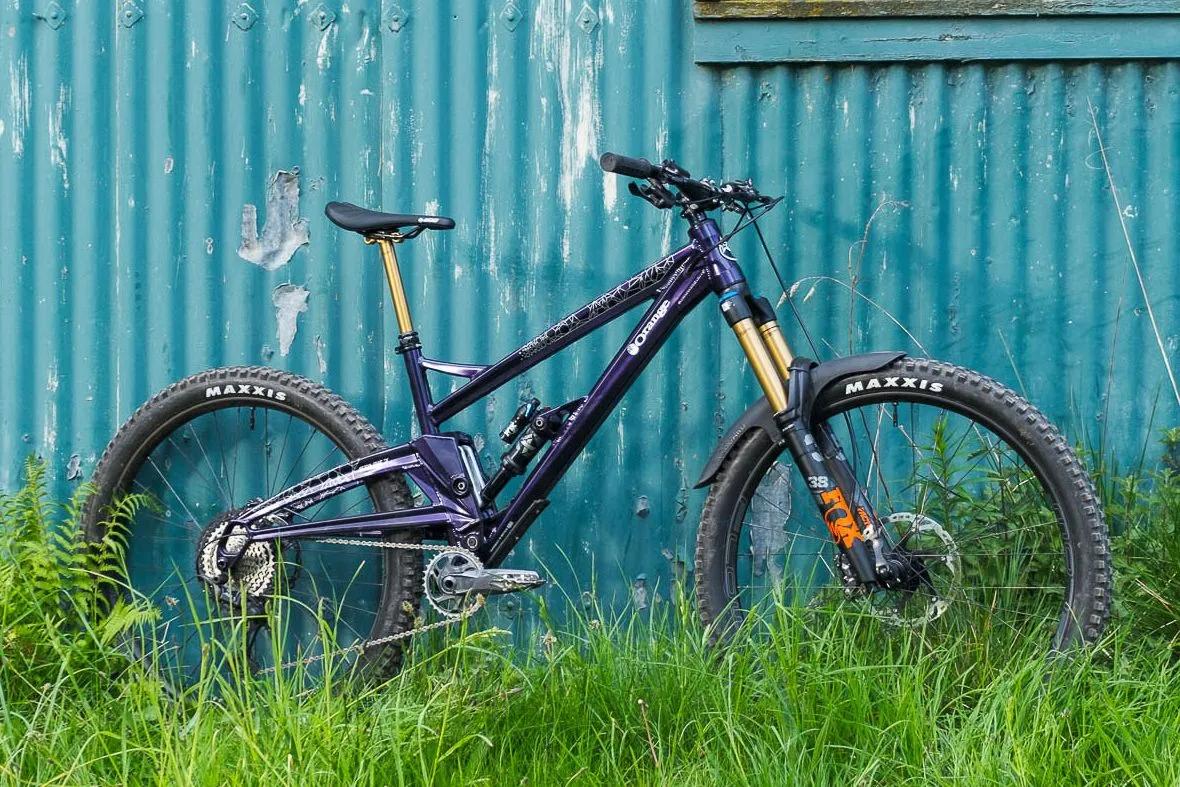
But as the proverb goes; the higher you climb, the harder you fall.
In appointing administrators, Orange is clearly in a spot of financial bother, but the exact causes behind the brand’s predicament are unclear.
What we do know, however, is that Orange is far from alone in struggling during what is a tough time in the bike industry.
The global COVID-19 pandemic brought about a cycling boom and undersupply, followed by excess stock. Combined with an unstable geopolitical picture and rampant inflation pushing up costs – and driving down available cash for luxury goods – a host of brands and retailers have, unfortunately, been forced to shutter or restructure.
The future is bright…
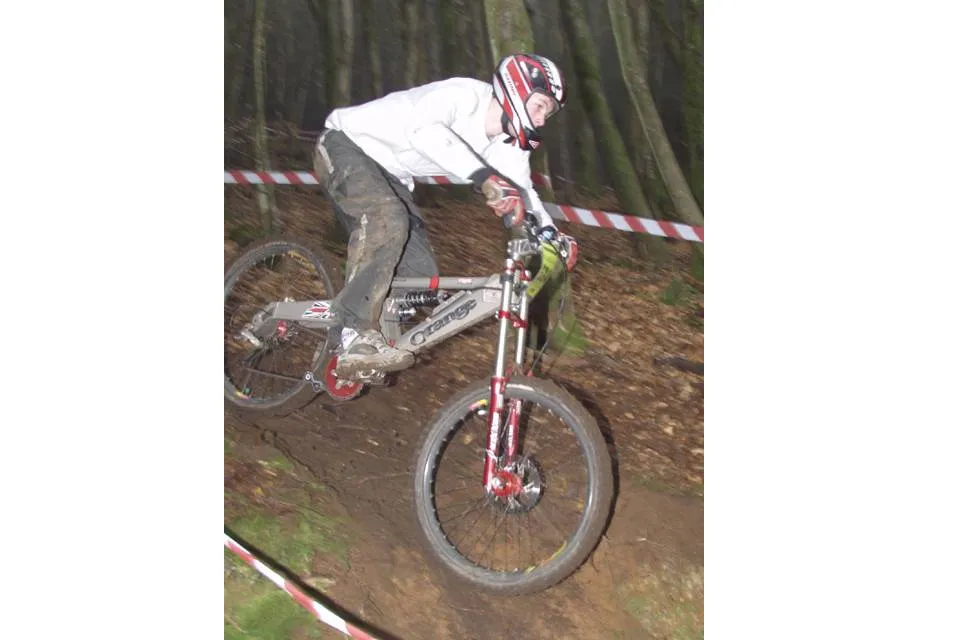
Despite this, if a brand has ever been in a position to weather the storm, re-birth itself or simply survive, it’s Orange.
In our increasingly globalised society – and one that’s over-polluting – Orange’s bikes, made in the UK out of highly recyclable materials, are an environmentally conscious prospect.
Orange may need to reassess its range, or its place in the market in 2024 and beyond, but the brand’s roots and product pedigree put it in a position to bounce back.
The administration process doesn’t automatically mean the end. Companies restructure from time to time, and frequently emerge stronger and even more resilient.
My story with Orange is likely to have been mirrored thousands of times over, which means the brand has a loyal fan and customer base that could help it spring back to form in the future.
To those affected by the administration process at Orange (and anyone else going through tough times in the bike industry), I wish you all the best.
I’m convinced Orange’s story isn’t over yet.
